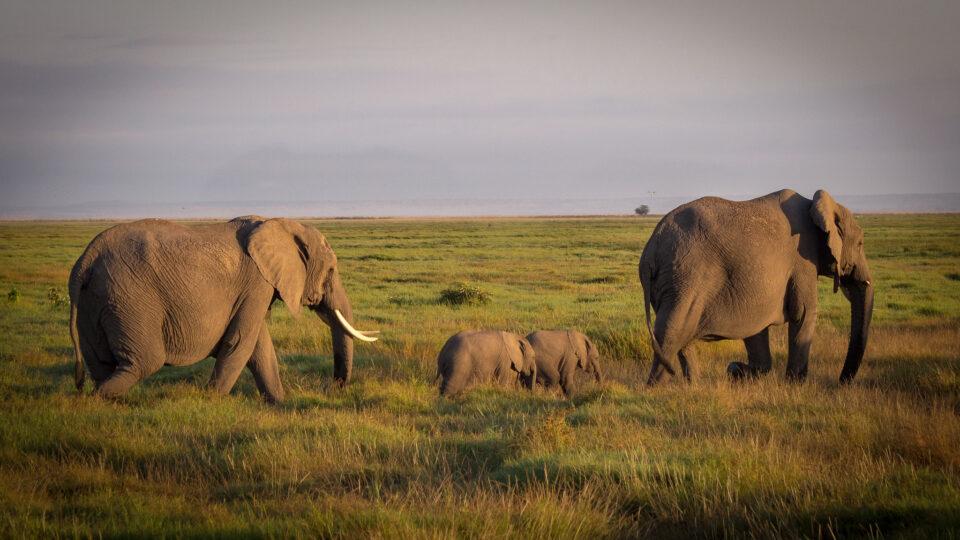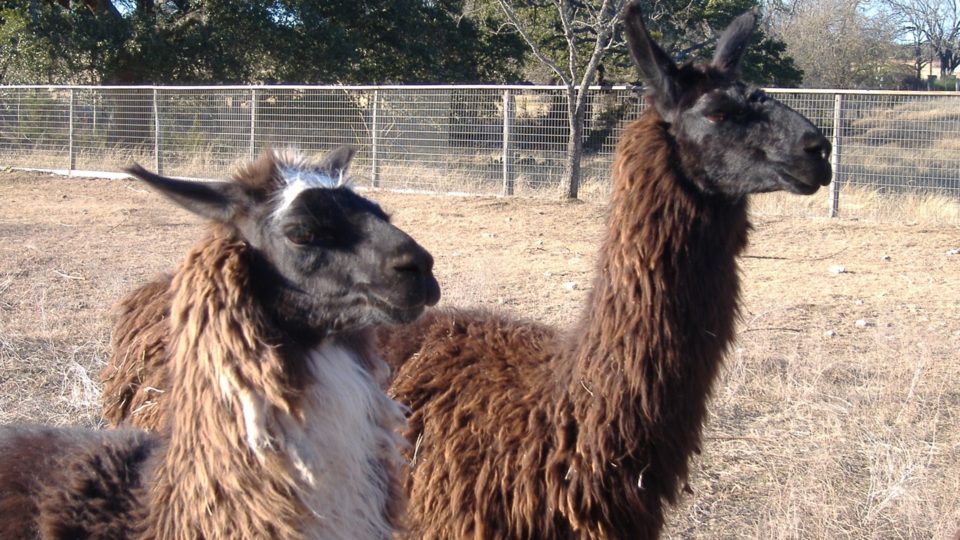Extreme weather events including prolonged drought and heavy rainfall are becoming more common and more severe as global temperatures rise. As the climate continues to change in the coming decades, how will animals respond?
Researchers from the University of Southern Denmark have examined how different mammals react to climate change. They analyzed data on population fluctuations from 157 mammal species around the world. They compared these fluctuations with weather and climate data from the same time period. The research team had 10 or more years of data for each species studied.
The researchers found that mammals that live for a long time and/or produce less offspring – like llamas, elephants, bears, and bison – are more climate resilient than small mammals with short lives — like mice, possums, lemmings, and rare marsupials.
For example, large, long-lived mammals can invest their energy into one offspring, or simply wait for better times if conditions become challenging. On the other hand, small, short-lived mammals like rodents have more extreme population changes in the short term. In the event of a prolonged drought, large portions of their food base may rapidly disappear, and they are left to starve because they have limited fat reserves.
However, the research team notes that the ability of a species to withstand climate change must not be the only factor when assessing a species’ vulnerability. In fact, in many cases, habitat destruction, poaching, pollution, and invasive species pose a larger threat to animal species than climate change.
While the study only examined 157 species, the findings enable researchers to also predict how animals they know less about will react to climate change.
**********
Web Links
Which animals can best withstand climate change?
Photo, posted July 8, 2018, courtesy of Ray via Flickr.
Earth Wise is a production of WAMC Northeast Public Radio

